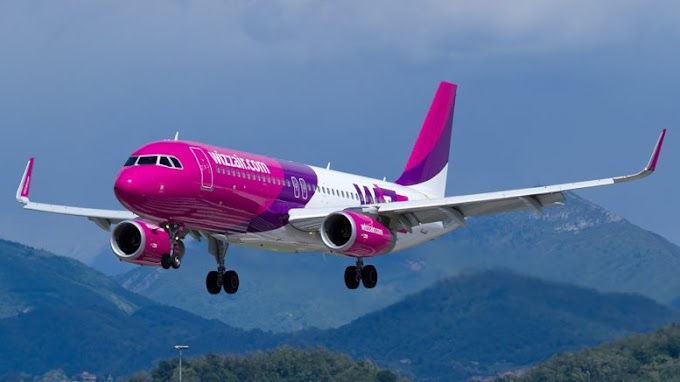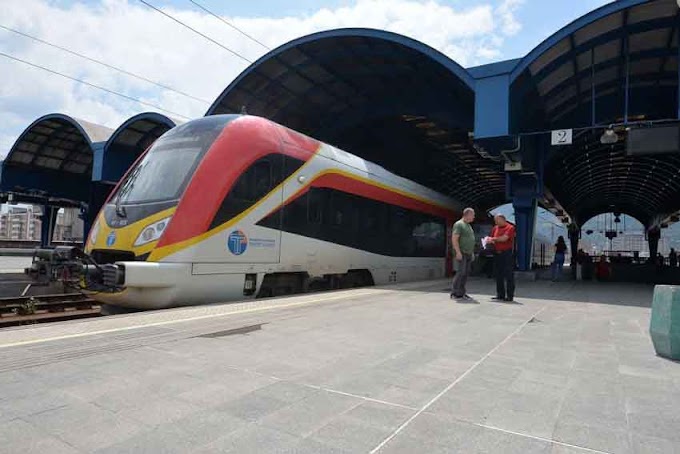The “Sveti Spas” church, located east of the Kale Fortress, is the oldest church in the central city area of Skopje. According to expert literature, it was built around late 17th , or early 18th century, after the 1689 fire that left most of the town devastated. In the past, it was a holy place where the people of Skopje gathered for morning liturgies, the priests performed the Holy secrets and candles were lit for health and salvation of the living, and for peace of the souls of the deceased. Today, it is a museum where you can go to see the beautiful iconostasis.
It is usually closed during the Christmas holidays, but if you really want to go inside, the employees
will certainly not reject you, as we found out when we went to visit the complex.
Lavish interior
“Sveti Spas” is a threenave church. The middle nave is arched while the side naves are flat and covered with boards. It was built during the Ottoman reign and, because the Turks didn’t allow the sanctuaries to dominate the surroundings, it had to be built in the ground. Several steps down, and you are inside the church.
The exterior of the church is modest, but when you step inside, it is difficult to remain indifferent to the interior. The beautiful iconostasis, which is 10 meters long and 6 meters high, is glowing in the dark space. The beautiful deep carving, depicting motives from the Old and the New Testament, is a proof that this region has given the very best masters of this craft. There are also different geometrical ornaments, as well as flora and fauna figures depicted.
According to its construction, the iconostasis can be divided into five horizontal zones: the base, the gallery of throne icons, architrave, attic and the top. Experts have noted that the great artistic value of the iconostasis is in the softness of the lines, the nicely carved forms, the masterful stylization and the baroque diversity. The throne icons were mostly made with the iconostasis. In its upper section, there is an icon dedicated to the Birth of Christ, a holiday we celebrate on 7th January, a day that was marked in this church in the past as well, which is why the church has been closed for this great day.
The iconostasis was made by the Petre Filipovski’s group of carvers
Based on the artistic qualities, the iconostasis is considered among the most beautiful Miyak works of art. It was made from 1819 – 1824 by Petre Filipovski – Garkata’s group, along with his brother Marko and Makarie Frchkovski from the village of Galichnik. There is a depiction of Petre Filipovski making the plan, with the other two holding hammers and chisels, in the right part of the iconostasis.
In the book “Cultural monuments of Macedonia” from 1980 it was noted that Petre Filipovski dedicated his entire life to wood carving and made a great number of iconostases, including those in the monastery in Lesnovo, the great cross for the “St. George” church in Prizren and the iconostasis and canopy in the “St. John the Baptist” church. He also made the iconostasis for the “St. Nikola” church in Krushevo during the last years of his life, but it was burned during the 1903 Ilinden uprising, according to the book.
The church’s interior was completed somewhere during the 19th century. In 1924 the iconostasis and the icons were completed, while some of the throne icons were made in 1867. Craftsmen and traders from Skopje funded the making of the iconostasis and icons.
 An interesting fact to mention is that the southern part of the church was partially destroyed in 1963 and an older wall, with wellpreserved frescos, from the primary church was found. Based on the style, the frescos were probably from the 16th century. It was presumed that the new church was built over the old one in late 17th or early 18th century.
An interesting fact to mention is that the southern part of the church was partially destroyed in 1963 and an older wall, with wellpreserved frescos, from the primary church was found. Based on the style, the frescos were probably from the 16th century. It was presumed that the new church was built over the old one in late 17th or early 18th century.
Goce Delchev’s tomb
The “Sveti Spas” church complex is also famous for having the tomb of the great Macedonian revolutionary and national hero, Goce Delchev, located in its yard. Delchev’s remains were transferred to Skopje on 10th October 1946 and were ceremoniously laid in the stone coffin the following day, the national holiday, 11th October, honouring his will to be buried in the capital of free Macedonia, which he fought and died for.
In 1917, his remains were transferred from the village of Banica to Sofia, where they remained until the relocation to Skopje. The transfer lasted several days through towns in Eastern Macedonia, before being concluded in Skopje on 10th October 1946. Throughout the transfer, the Macedonian representatives who were travelling to Skopje were greeted by Macedonian citizens who were honouring their hero and Delchev’s remains were buried in Skopje with the highest honours.
Delchev was killed on 4th May and every year on that day, a high state delegation bows in front of his white stone sarcophagus.
The museum of Goce Delchev, where pieces of weapons, rebel clothing, bullets and other items are exhibited, is located in the hospices of the “Sveti Spas” church.
The “Sveti Spas” complex is just a part of another museum in the open – the old Skopje Bazaar, which has a lot to offer to its visitors.
Only time will tell if the church that is now a museum will once again be used for its primary purpose. At present, service is only held on the church’s patron holiday – the Ascension Day.










